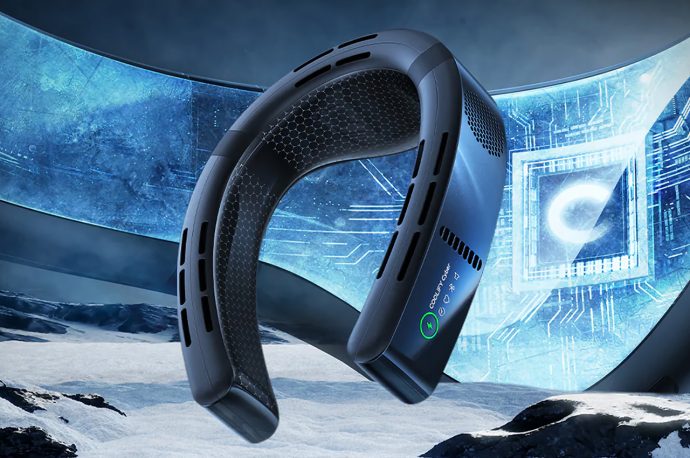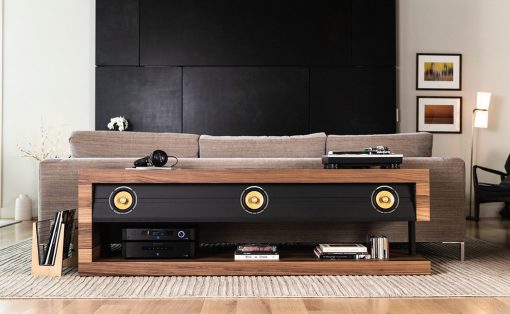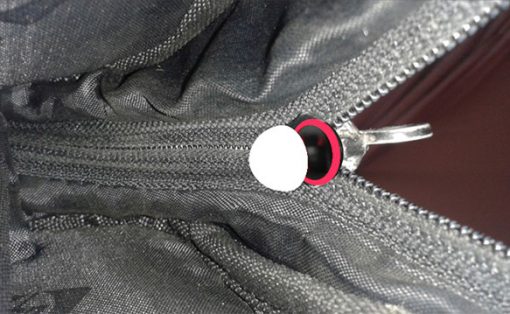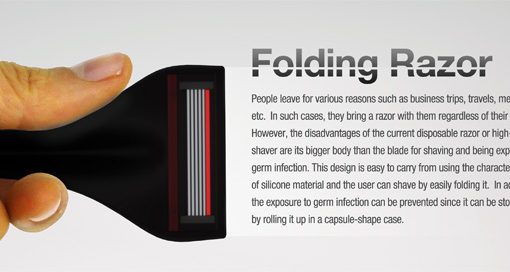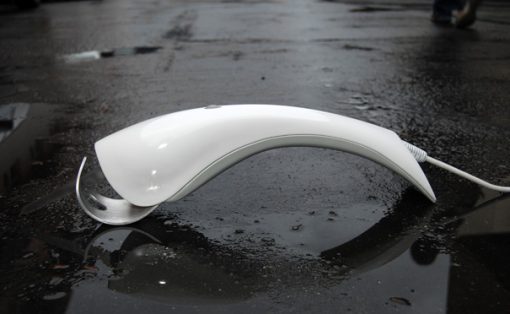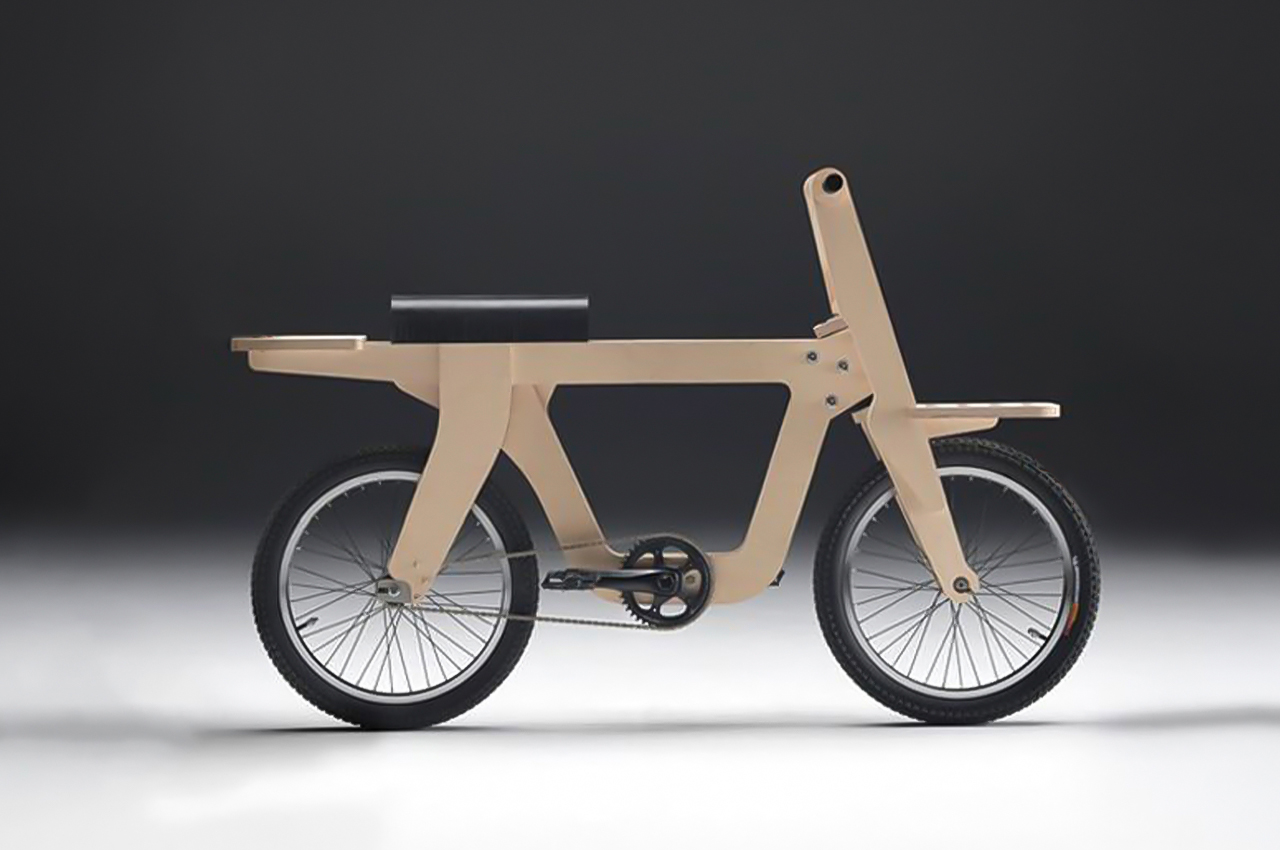
Our unhealthy practices and way of living are truly harmful to the environment and have been slowly leading to its deterioration. And the world has been changing (for the worse) because of this. Hence, it is extremely important to live sustainably and consciously and to take care of the environment. Integrating sustainability into our day-to-day lives has become crucial! And we can do this in various ways. Designers and creators are coming up with sustainable alternatives for almost everything! Every product that is necessary and utilized by us in our everyday routine has an eco-friendly alternative to it. Replacing our usual mass-produced designs with these greener options will make a huge difference to the environment and Mother Earth! From a fish leather derived from salmon skins to sustainable eco plates – we’ve curated a whole collection of sustainable product designs to help you go green!
1. OpenBike
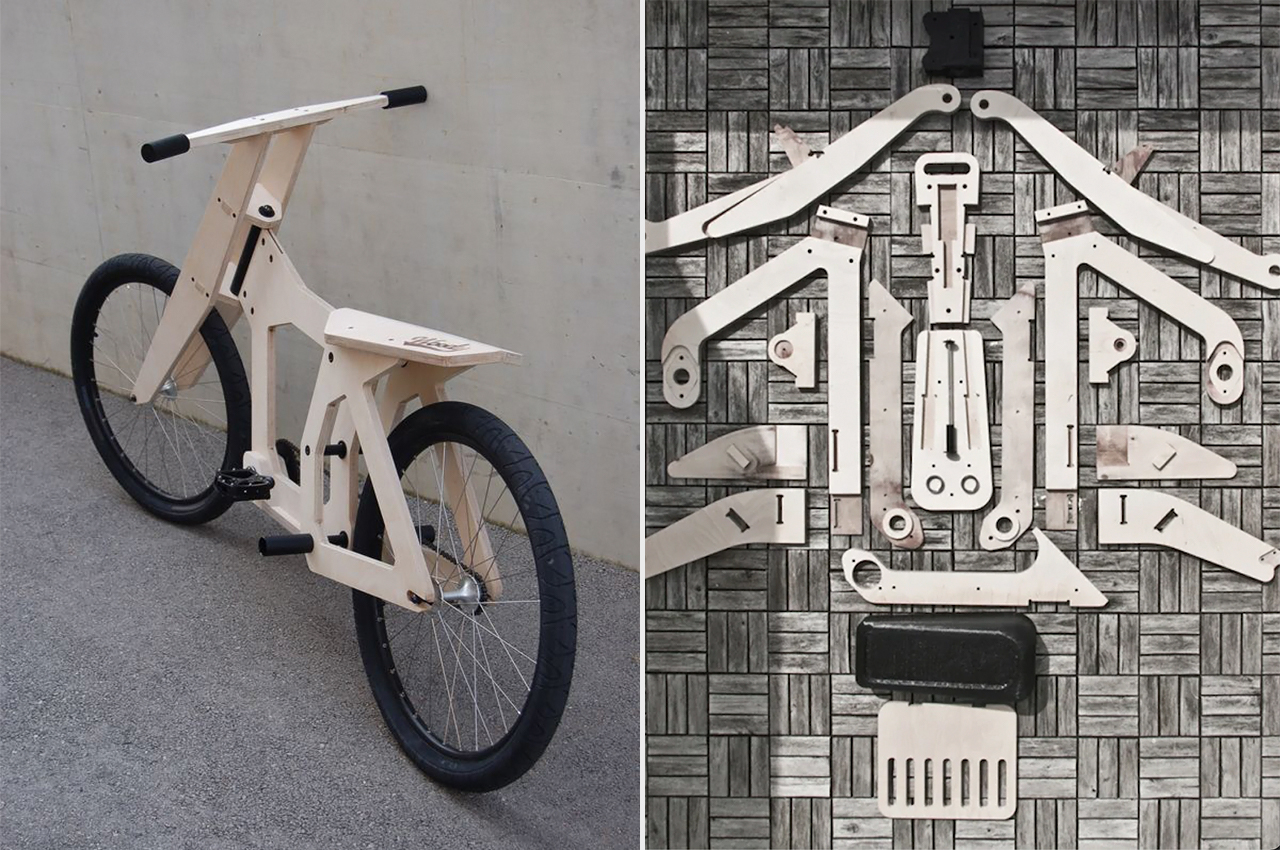
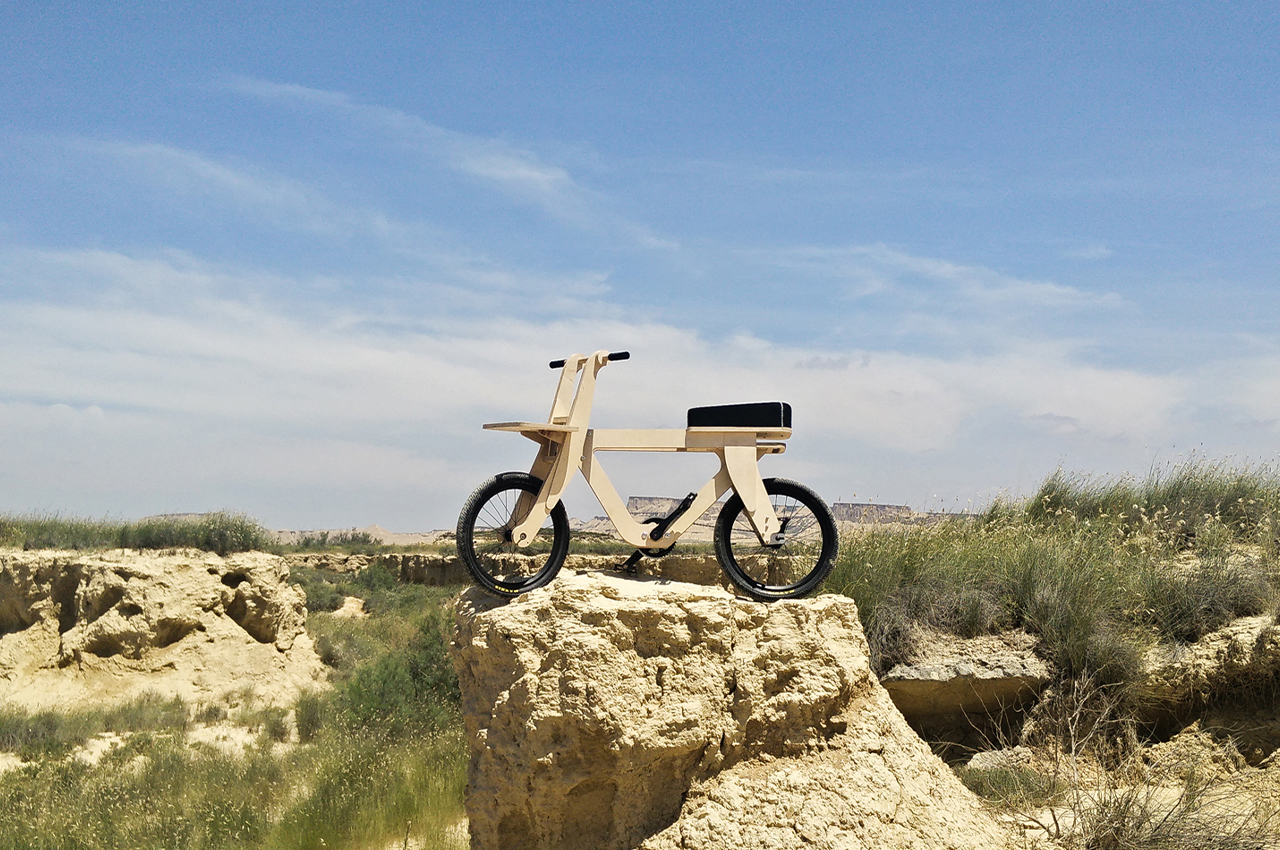
This bicycle made of plywood was created with the intent to get more people to focus on sustainability. The open-source design is called ‘Openbike’ and despite the obvious problems that come with a bike made from plywood, it is still an affordable and lightweight alternative for those who want to live on a budget but are also eco-conscious. You can download the files to build your own bike here!
Why is it noteworthy?
“This is not about bicycles! Open your eyes, this is about you, about your attitude towards the future. Do you think that the pollution of the cities will disappear by itself? Do you think traffic jams are caused by others?” reads the Openbike website which makes the mission statement of the design very clear – they’re not claiming to offer the durability or a thief-proof bike but rather shift your perspective on affordability and sustainability.
What we like
- It’s a DIY design!
- Reduces carbon emissions in cities by empowering people with technology
What we dislike
- No complaints!
2. Plastplan
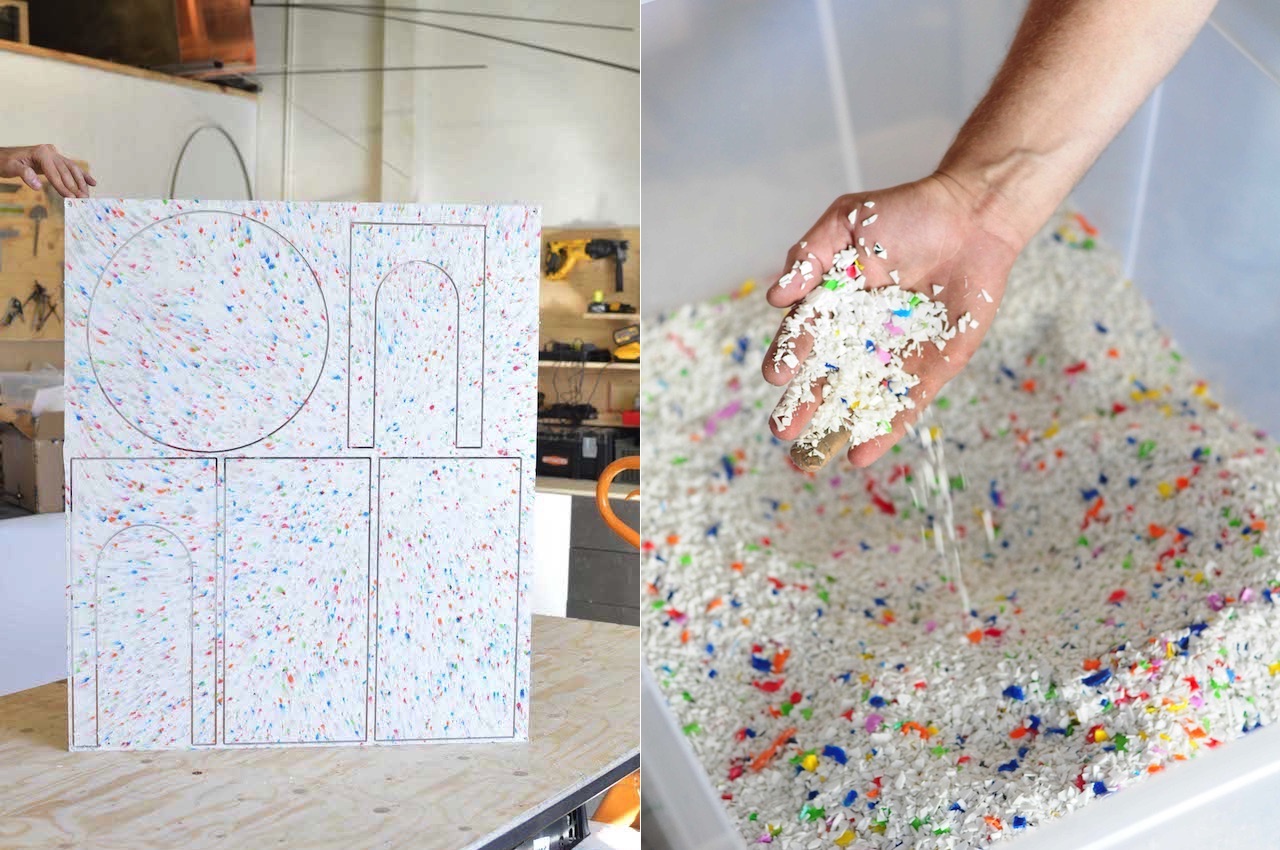
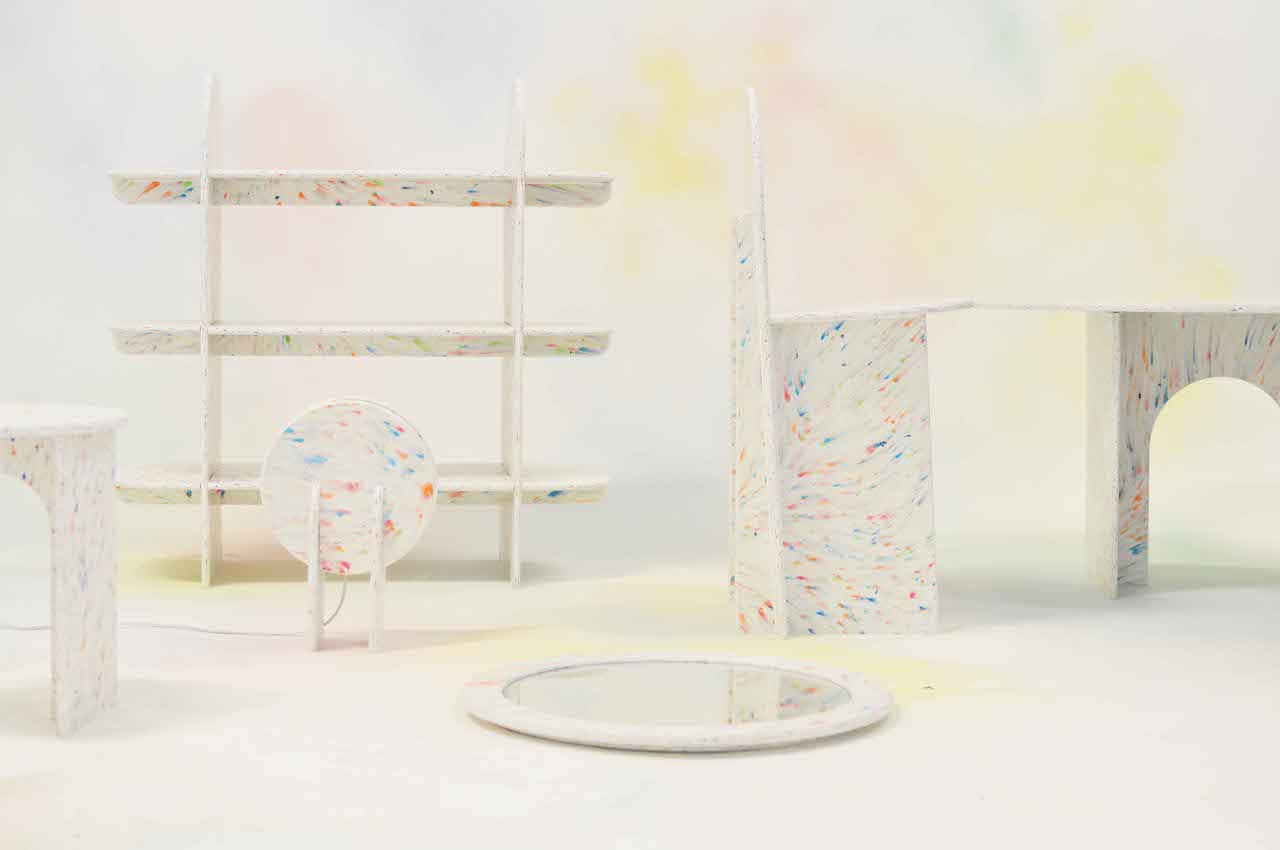
The design studio based in Iceland aims to help make a sustainable planet by resolving society’s excessive use of plastic. It may not achieve the ultimate solution but every little effort matters when it comes to the planet’s future. With the idea that recycled plastic has potential, Plasplan combines the concepts of product designers Björn Steinar and Brynjólfur. With the latter’s background in mechanical engineering and computer science, the pair can work on a collection of household goods and furniture items made solely made from recycled plastic.
Why is it noteworthy?
Initially, Plastplan was formed as the founders wanted to start an educational platform where plastic is discussed. It’s not just about the proper use or disposal of plastic. It’s about making it go full circle, as per Björn Steinar. The circular economy of plastics starts with shredded plastic and then transforms into real objects. The series includes a wall shelf, chair, stool, mirror, coffee table, table lamp, and flower vases.
What we like
- The studio also has developed its own industrial 3D printer that allows them to print large-scale items without spending on molds
What we dislike
- No complaints!
3. Loop


Loop is a minimalist product that only uses a few “ingredients,” so to speak, to give you something that you can use when working and then later on when you’re relaxing. It is also made out of mostly sustainable materials so there’s the added bonus of using something that lessens your carbon footprint.
Why is it noteworthy?
The idea for Loop is that when you direct the light downwards, it serves as your workspace illumination. When you’ve finished working, you can just rotate it inwards and it becomes a mood light to help you relax as you read, journal, watch your favorite streaming service, or whatever it is that you do after you work or study. There’s no need to touch a lot of buttons or use any app to make this transition as you just need to swivel.
What we like
- You don’t need to use two different lamps for two different purposes
What we dislike
- No complaints!
4. The KNORK Eco line
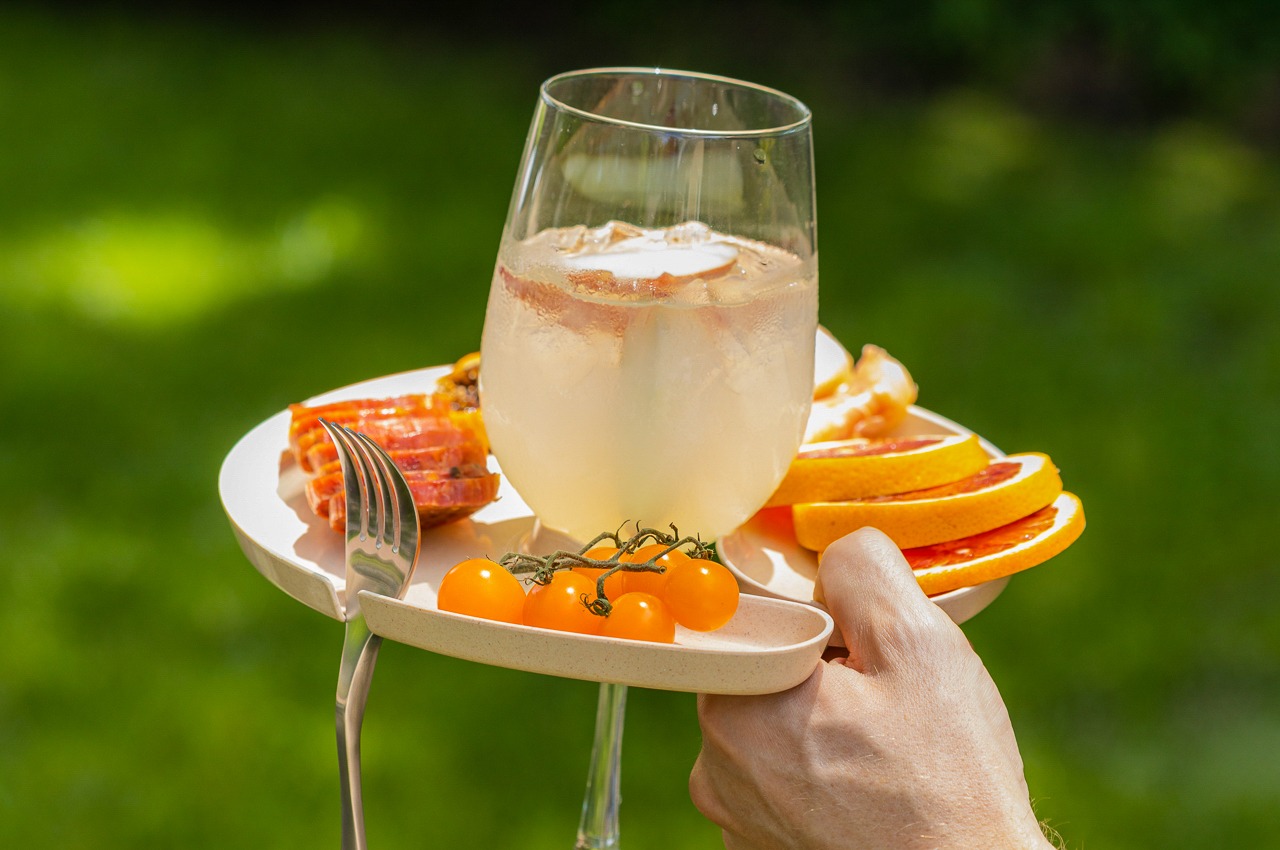
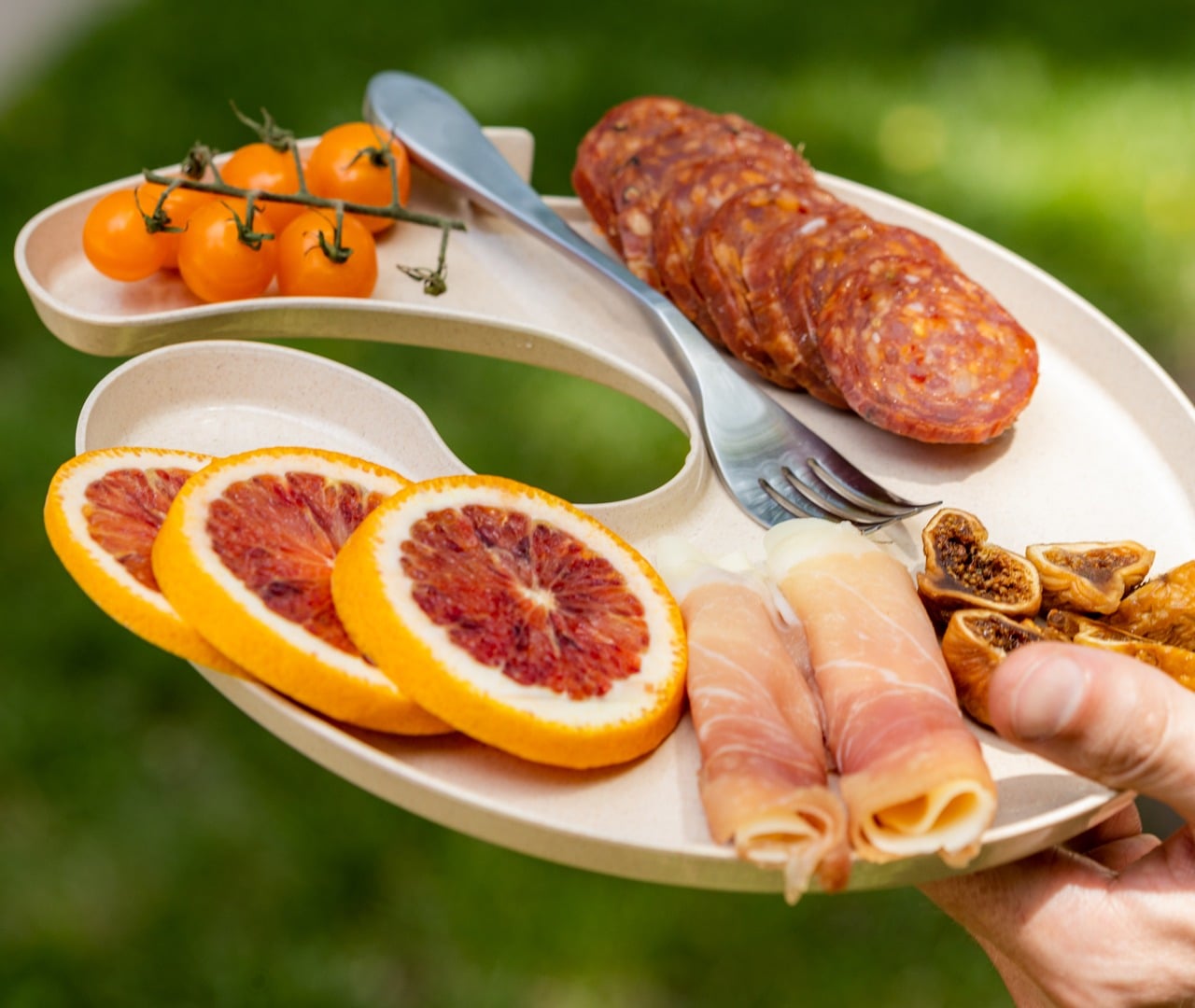
Sustainable entertaining is slowly becoming a thing, at least, for those people who are eco-conscious and willing to care more for Mother Earth. The KNORK Eco line continues to deliver genius design and epic functionality with another useful product that goes well with the Knork eco cutlery introduced a few years ago. Sustainable living starts when you make sustainable choices no matter how small or trivial they might seem—and this KNORK Eco Party Plate is another step in that direction.
Why is it noteworthy?
The KNORK team can help by giving us “greener” choices. From the same company that delivered the bamboo-based KNORK Eco plastic cutlery, here comes the KNORK Eco Party Plate. The new product works with the KNORK Eco forks and the Knork stainless steel forks. As with the previous products, the eco plate offers more than just a cool design aesthetic.
What we like
- Reusable and compostable
- Made from bamboo and sugarcane offcuts
What we dislike
- No complaints!
5. The Aspire Vero notebooks
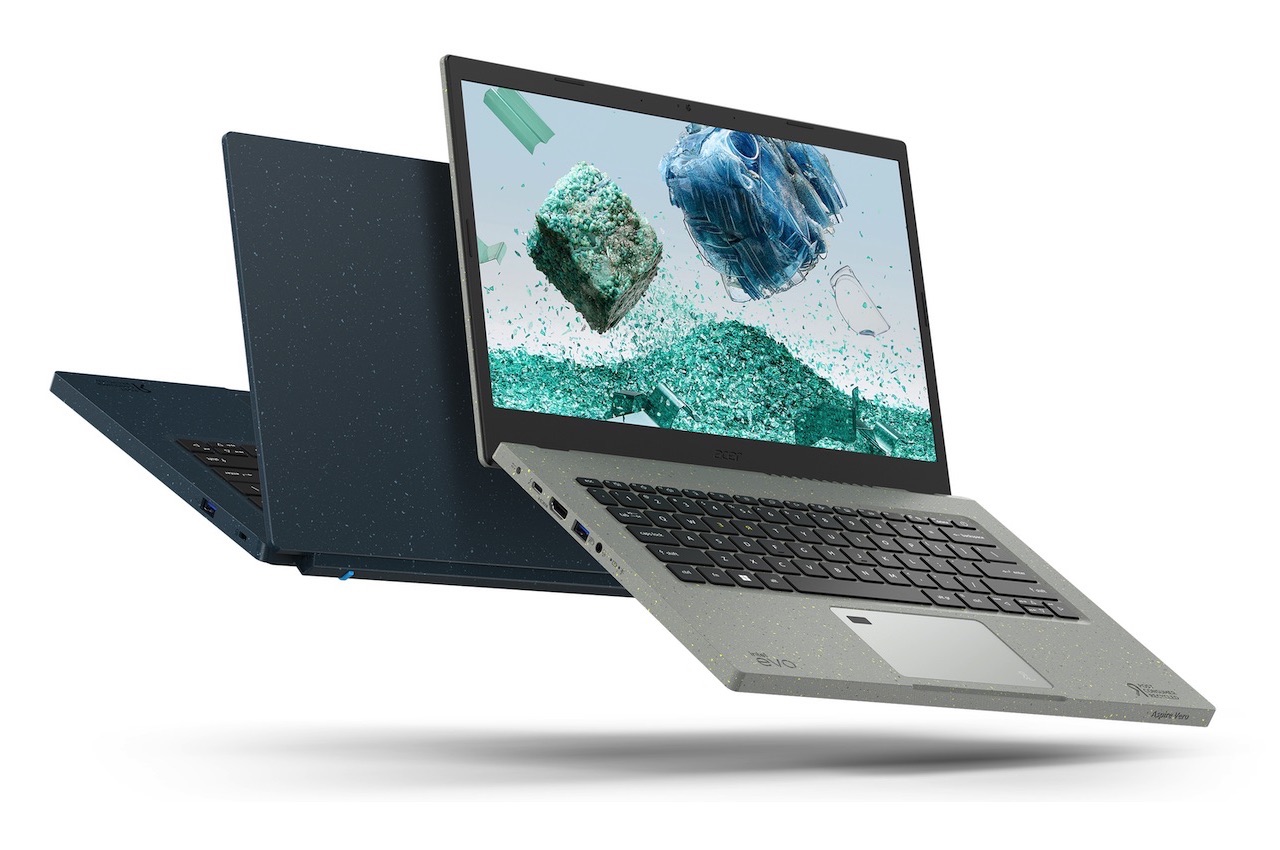

Acer has just introduced a slew of new products from the Vero Series. The eco-conscious product portfolio includes two new Aspire Vero notebooks, the Veriton Vero all-in-one (AIO) desktop, new Vero monitors, a new Vero mouse and keyboard, and a Vero PD2325W projector. All of these products make use of post-consumer recycled (PCR) plastic, as well as recyclable packaging.
Why is it noteworthy?
We’ll focus on the two Aspire Vero laptops as these have been sustainably designed. They both run on the 12th Gen Intel Core processors and come with 14- and 15-inch Full HD displays. The Aspire Vero notebooks result from the brand’s commitment to making a more sustainable future. The “green” computers are made from recycled plastic, starting with the chassis. The latter uses 30% PCR plastic, saving some 21% in CO2 emissions. It’s also paint-free to lower the negative impact of VOCs.
What we like
- The Aspire Vero notebooks are also easy to disassemble, which makes them ideal for upgrades, repairs, and even recycling
- It boasts an EPEAT Silver registration, so we know the products are really environment-friendly
What we dislike
- No complaints!
6. Kenko
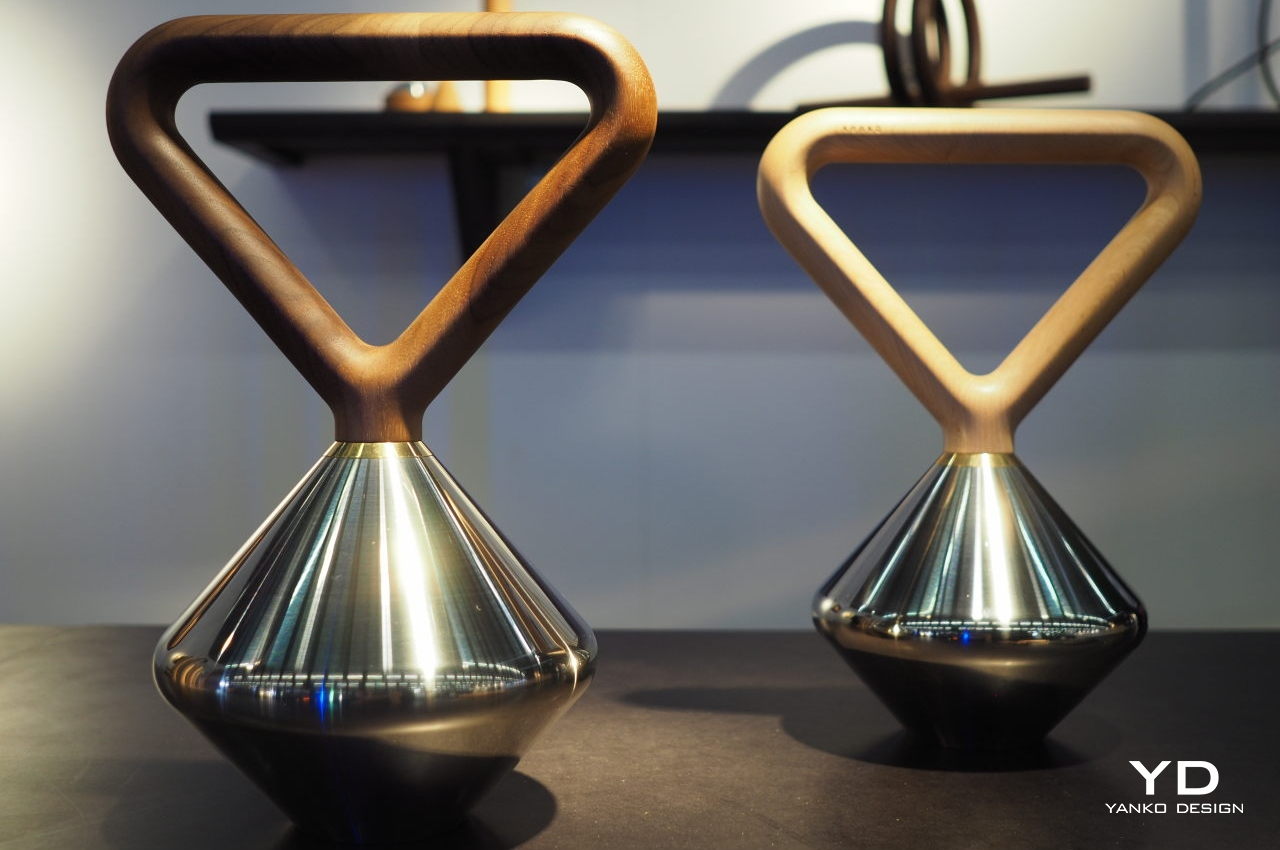
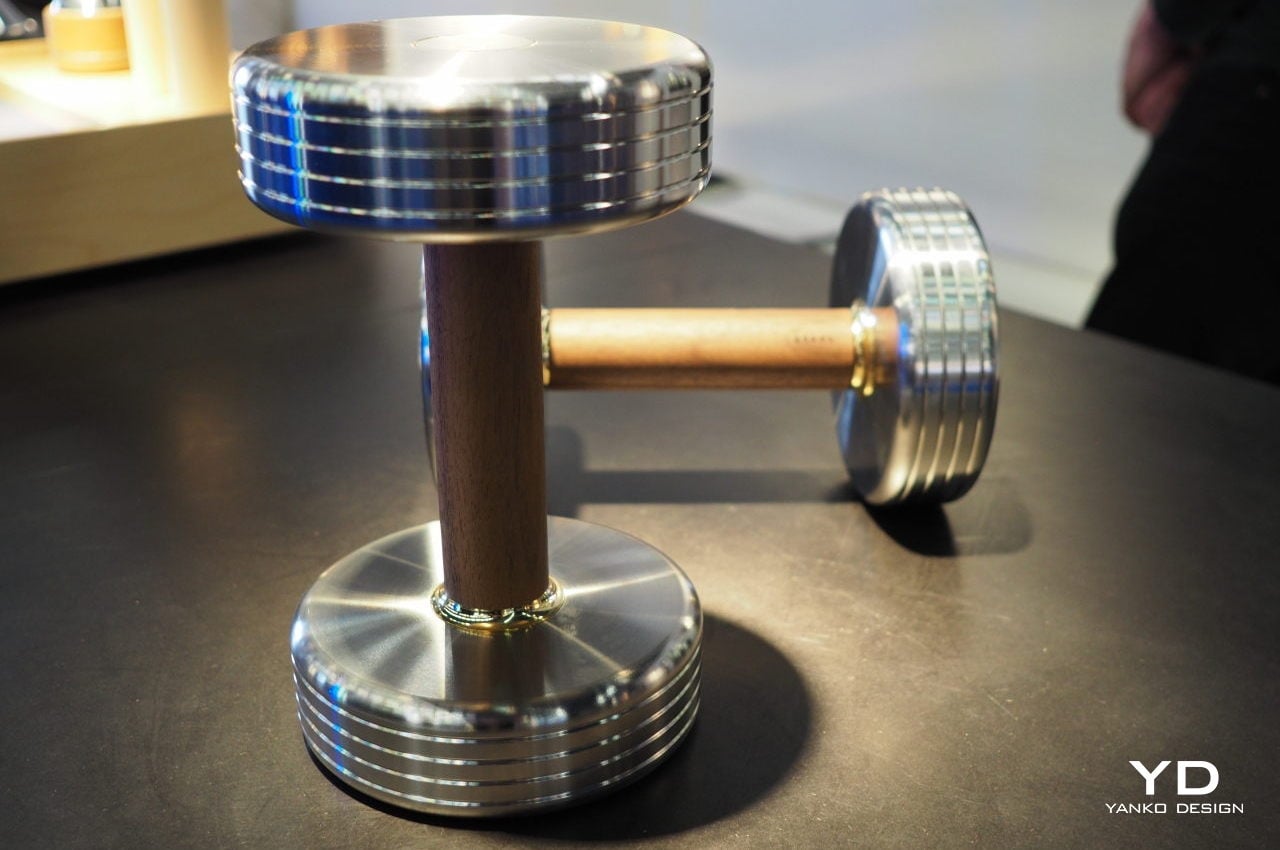
Over at the Maison & Objet fair, we saw a few brands and designers worthy of attention. One name that has stood out is Kenko —a company committed to developing sports equipment for use at home. The idea is to make minimalist versions of the standard fitness equipment using natural materials.
Why is it noteworthy?
Kenko is able to come up with regeneration items that don’t only help you with your health and fitness goals but also fit any home interior. Gym equipment usually looks bland, boring, or industrial, but not with Kenko. The Kenko sports equipment and products mainly boast simple designs and innovative functions. Materials are premium quality, starting with cork and wood, used for geometric shapes that have become the distinguishable trait of Kenko.
What we like
- Look like sculptural pieces that may also function as home decors
- A sustainable alternative to the typical gym equipment available in the market
What we dislike
- No complaints!
7. Tower Blocks


One of our favorite games to play during casual dinner parties is Jenga or tower blocks if you want to be generic. It doesn’t take a lot of thinking or physical prowess, although the strategy is also important. What if you could have a version of this game that is more eco-friendly and can help reduce plastic waste? Of course, that would be better if you’re conscious of the carbon footprint that you leave behind with your purchases.
Why is it noteworthy?
Korean global manufacturer Intops wanted to lessen its global footprint even as they make products using various materials that, unfortunately, include plastic. So they came up with a “revive project” that will use all of these discarded materials and turn them into something useful. They used materials from discarded, defective items that they manufactured as well as creating composite materials from their production plant, specifically discarded plastic, wood, and leather.
What we like
- Reduce CO2 consumption by 81%
- A set of these blocks can be compared to recycling 44 disposable coffee cups or 135 disposable spoons
What we dislike
- No complaints!
8. Bould Pack
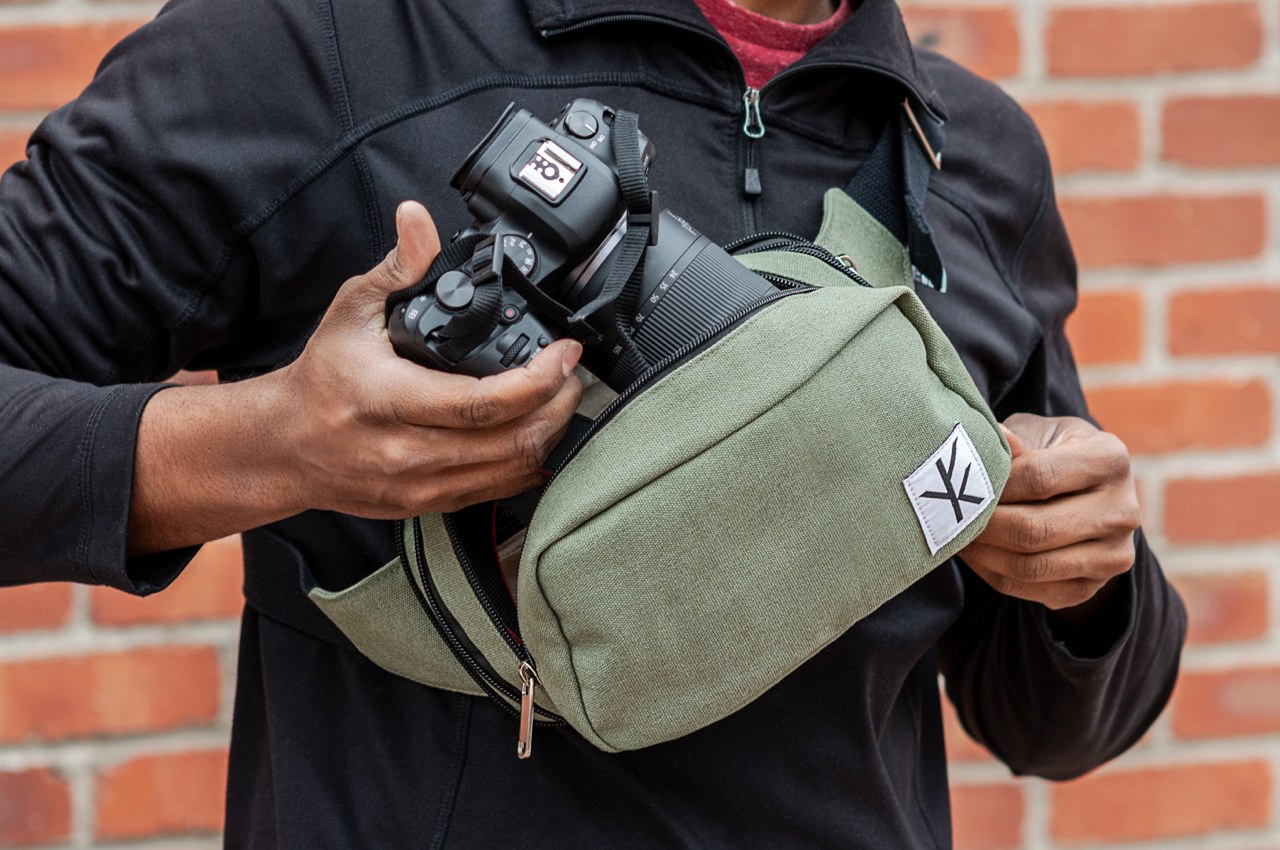
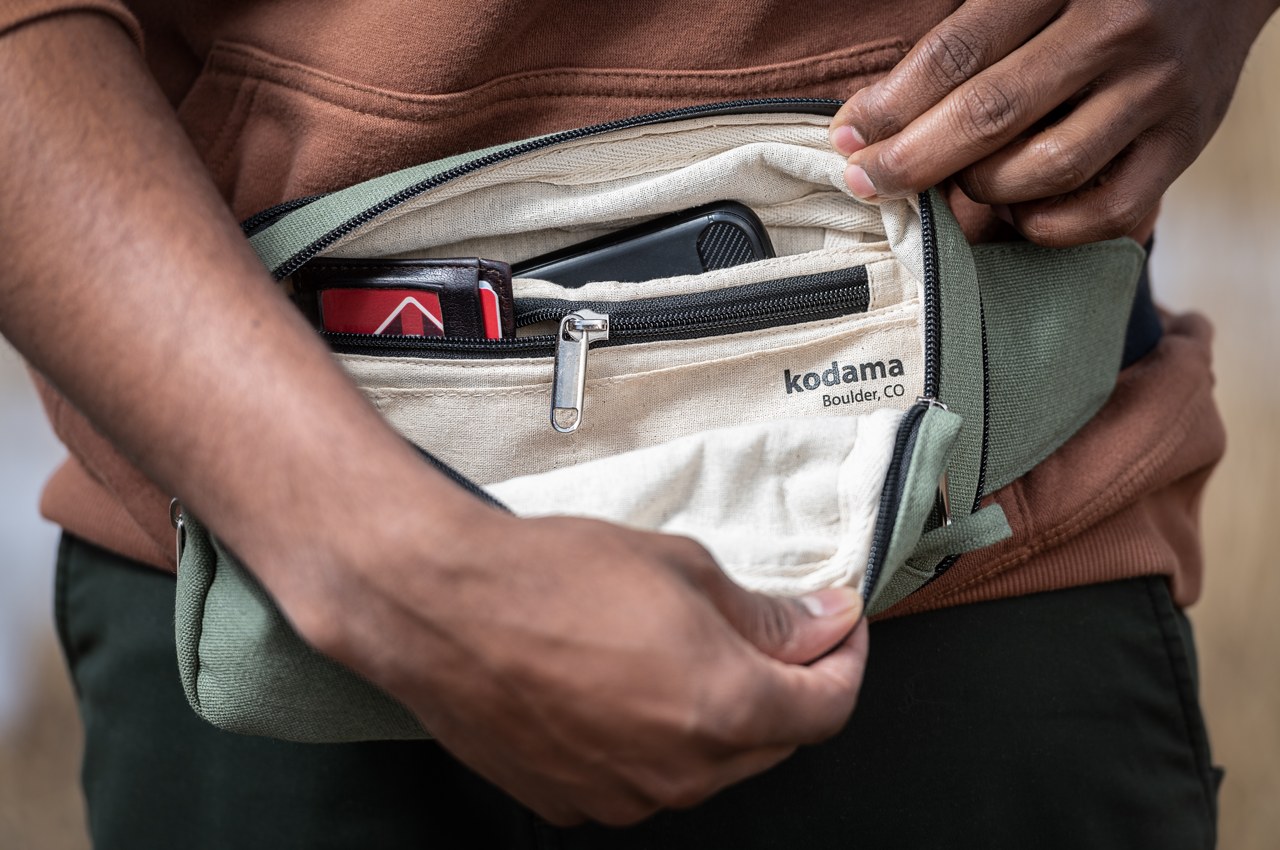
This versatile hip and sling bag isn’t just sustainable; it could even improve the plant’s soil quality in the long run.
Why is it noteworthy?
Kodama’s solution has actually existed for millennia, but with some modern know-how and production techniques, Hemp can be turned into a miracle fabric that can solve most of the limitations of sustainable alternatives, as proven by this Bould Pack. The plant-based Hemp Canvas, for example, is proven to be four times more tear-resistant than cotton, surviving unscathed against a sharp knife. By fusing PU coating underneath the fabric, this hemp textile also becomes waterproof.
What we like
- You can scrub off stubborn dirt and stains without damaging the back
- No tears or rips!
What we dislike
- No complaints!
9. Bruk
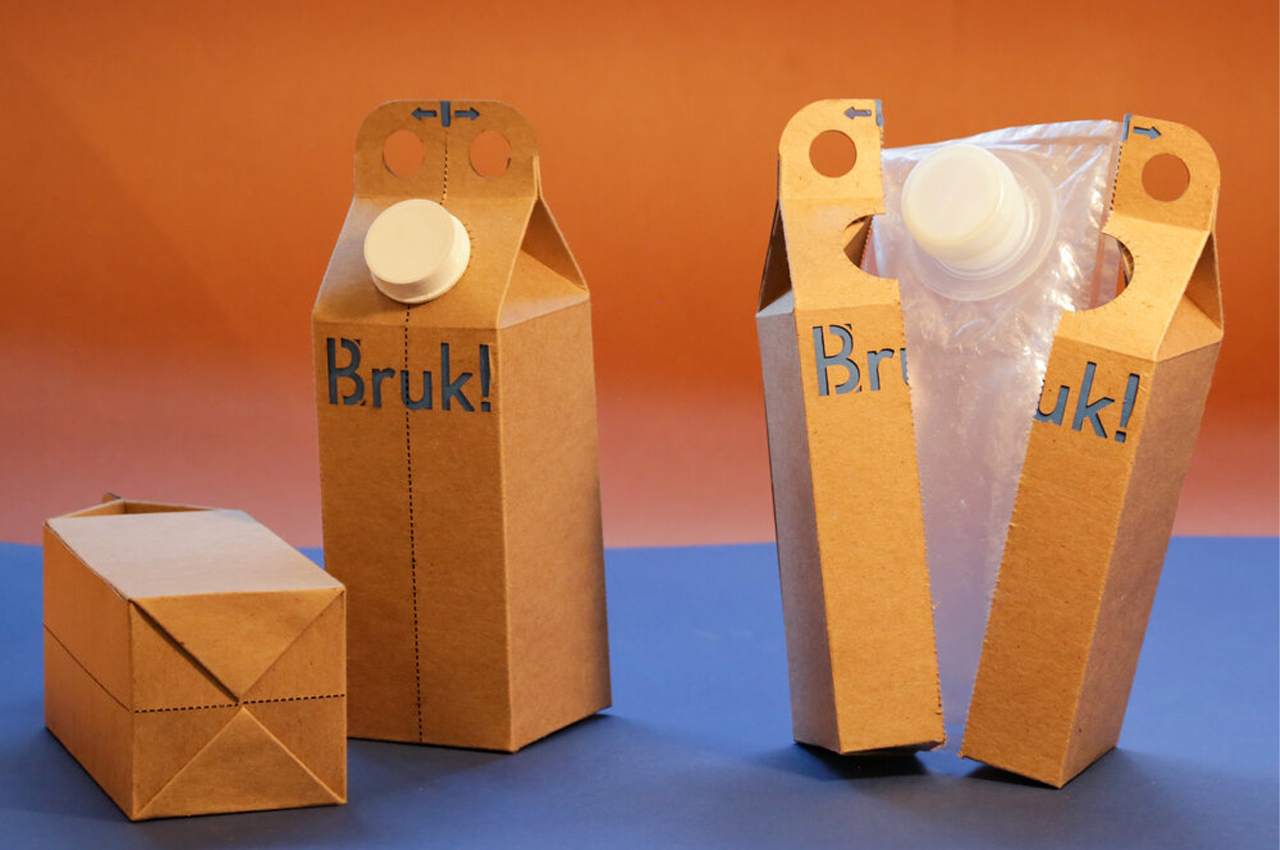
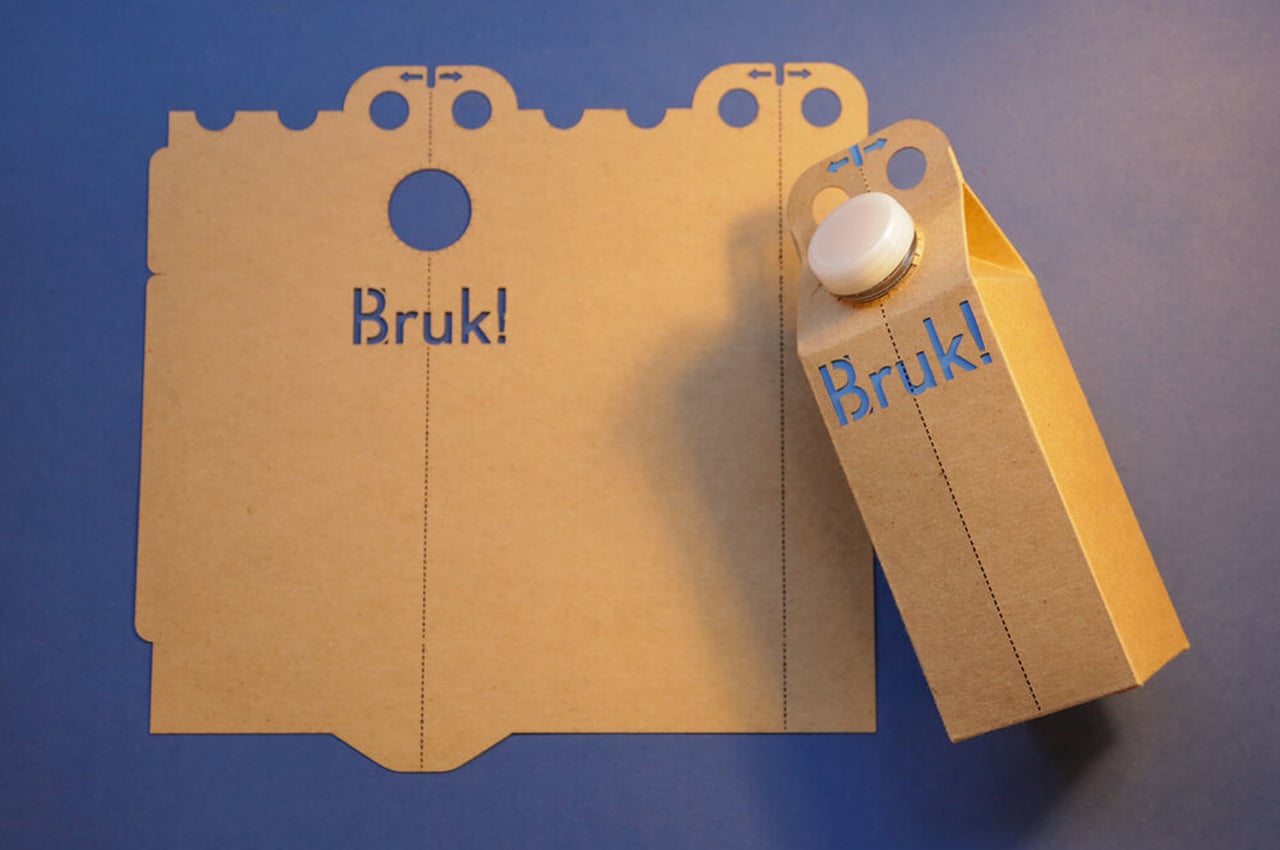
Bruk is a sustainable alternative to plastic-lined paper packaging built to separate the plastic lining from its paper covering like peeling a banana.
Why is it noteworthy?
Before the recycling process begins, the plastic and paper must be separated, which requires a special process that’s expensive and not readily available worldwide. In an effort to streamline the separation period, California-based designer Pushan Panda created Bruk, a sustainable packaging concept that makes separating the plastic from the paper as easy as peeling a banana. When users are finished with their beverage cartons, they can simply tear Bruk in half from its top, just like peeling a banana. Once the paper covering has been torn in half, the HDPE liner is revealed and can be recycled on its own.
What we like
- Intuitive and inclusive, easy for everyone regardless of physical ability
- Uses less plastic than a plastic carton
What we dislike
- No complaints!
10. The Felsie Fish Leather
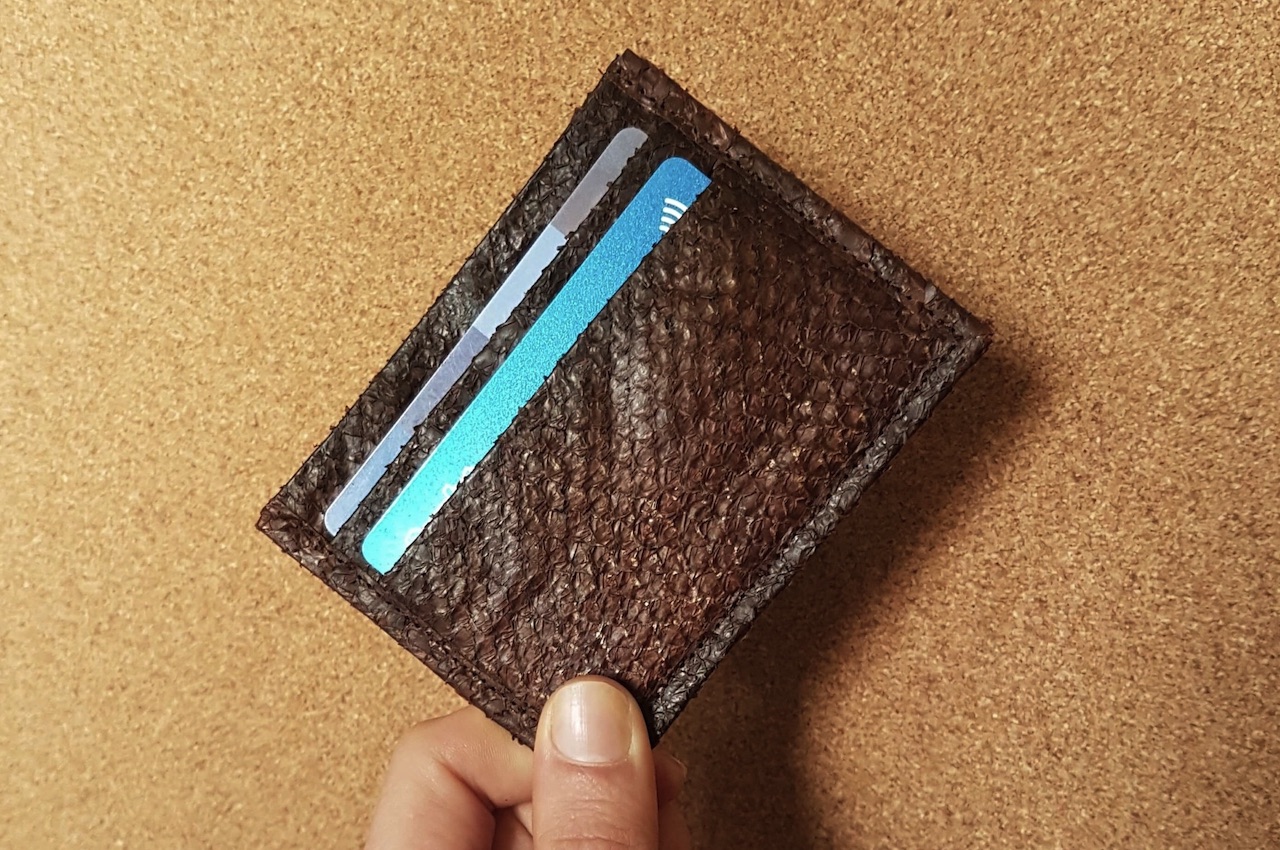
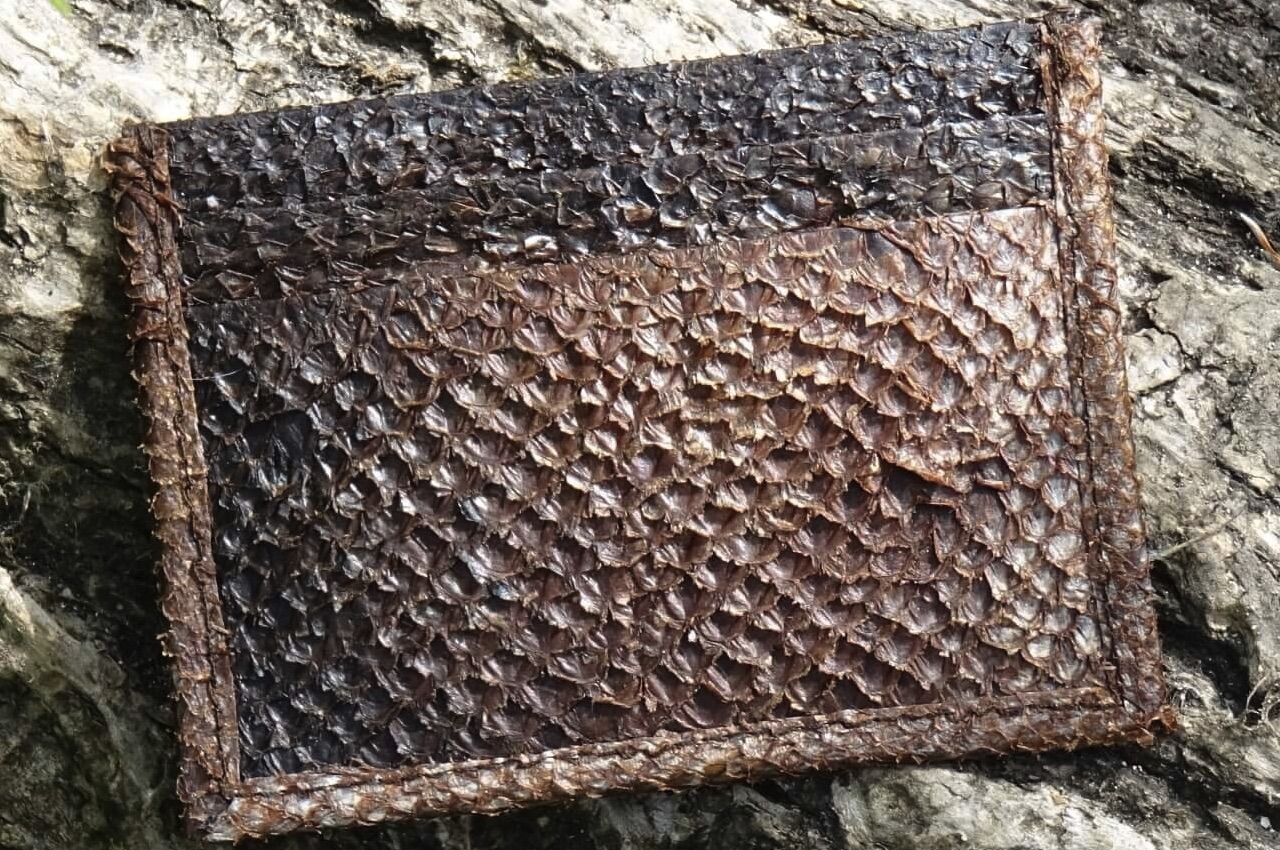
Sustainable fashion may be a challenge, but it can be done with efforts like this fish leather. This is the first time we’re hearing about this new kind of leather that can be used for different accessories. No, this isn’t exactly fishy, but Felsie knows what it is doing.
Why is it noteworthy?
The fish leather tannery and studio use bark tanning on rescued fish skins. These are those about to be thrown into the trash can but are instead transformed into fish leather. The processed fish leather is then used to make different accessories like a wallet or a cardholder. The Felsie Fish Leather is long-lasting and may even remind you of snakeskin leather at first glance. Many people are asking if it smells like fish. It doesn’t smell fishy but smells like any other genuine leather.
What we like
- A completely new kind of leather
- Long-lasting product
- DOESNT smell like fish
What we dislike
- The texture isn’t exactly smooth


